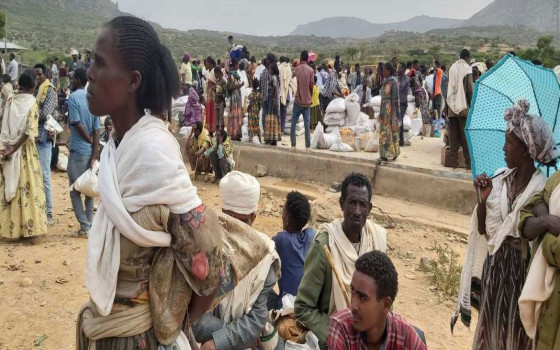
Years after the Grand Ethiopian Renaissance Dam was operational, Ethiopia is suffering from hunger, drought, and economic shocks, according to warnings from the World Food Programme.

- Europe and Arabs
- Wednesday , 23 April 2025 5:42 AM GMT
New York - Addis Ababa: Europe and the Arabs
Years after the operation of the Grand Ethiopian Renaissance Dam, the construction of which caused a crisis between Egypt, Ethiopia, and Sudan over the Nile River water share of each country after the dam was stored, and the positive impacts of the dam on development for Ethiopians were reported at the time, the World Food Programme (WFP) warned of increasing hunger and malnutrition in Ethiopia, where ongoing conflict, regional instability, displacement, drought, and economic shocks are preventing millions from accessing adequate food. According to the UN daily news bulletin, a copy of which we received this morning, Wednesday, the UN programme warned that a severe funding shortfall has severely hampered the organization's life-saving response, with 3.6 million of the most vulnerable people at imminent risk of losing food assistance, including malnutrition treatment for some 650,000 women and children.
In an update on food security in Ethiopia, the programme stated that more than 10 million people face hunger and malnutrition across the country. This includes three million people forced from their homes by conflict and extreme weather events. Malnutrition rates are alarmingly high, with 4.4 million pregnant and lactating women and children in need of treatment. In parts of the Somali, Oromia, Tigray, and Afar regions, wasting among children has exceeded the emergency threshold of 15 percent.
Conflict in Neighboring Countries
The World Food Programme said humanitarian needs in Ethiopia are being exacerbated by conflict in neighboring countries. The program already supports 800,000 refugees in Ethiopia, including 100,000 Sudanese refugees, while escalating insecurity in northeastern South Sudan could force another 10,000 refugees across the border.
Weak rainfall is expected in southeastern Ethiopia until May, foreshadowing another drought in the Somali region, where families are still reeling from the 2020-2023 drought—the country's longest-ever drought. WFP Response
The World Food Programme (WFP) reported that it provided food and nutrition assistance to more than three million people in the first quarter of 2025, with 80 percent food rations for displaced and severely food-insecure Ethiopians, and 60 percent food rations for up to one million refugees.
This year, WFP treated 740,000 children and pregnant or breastfeeding women for malnutrition and provided fresh food vouchers to 50,000 households.
The programme provides daily school meals to approximately 470,000 children per month, including 70,000 children from refugee communities – with priority given to conflict-affected and food-insecure districts in northern Ethiopia.
The WFP warned that without urgent new funding, 3.6 million of the most vulnerable people in Ethiopia will lose access to WFP's life-saving food and nutrition assistance in the coming weeks. The program said it faces a funding shortfall of $222 million for the period between April and September 2025.
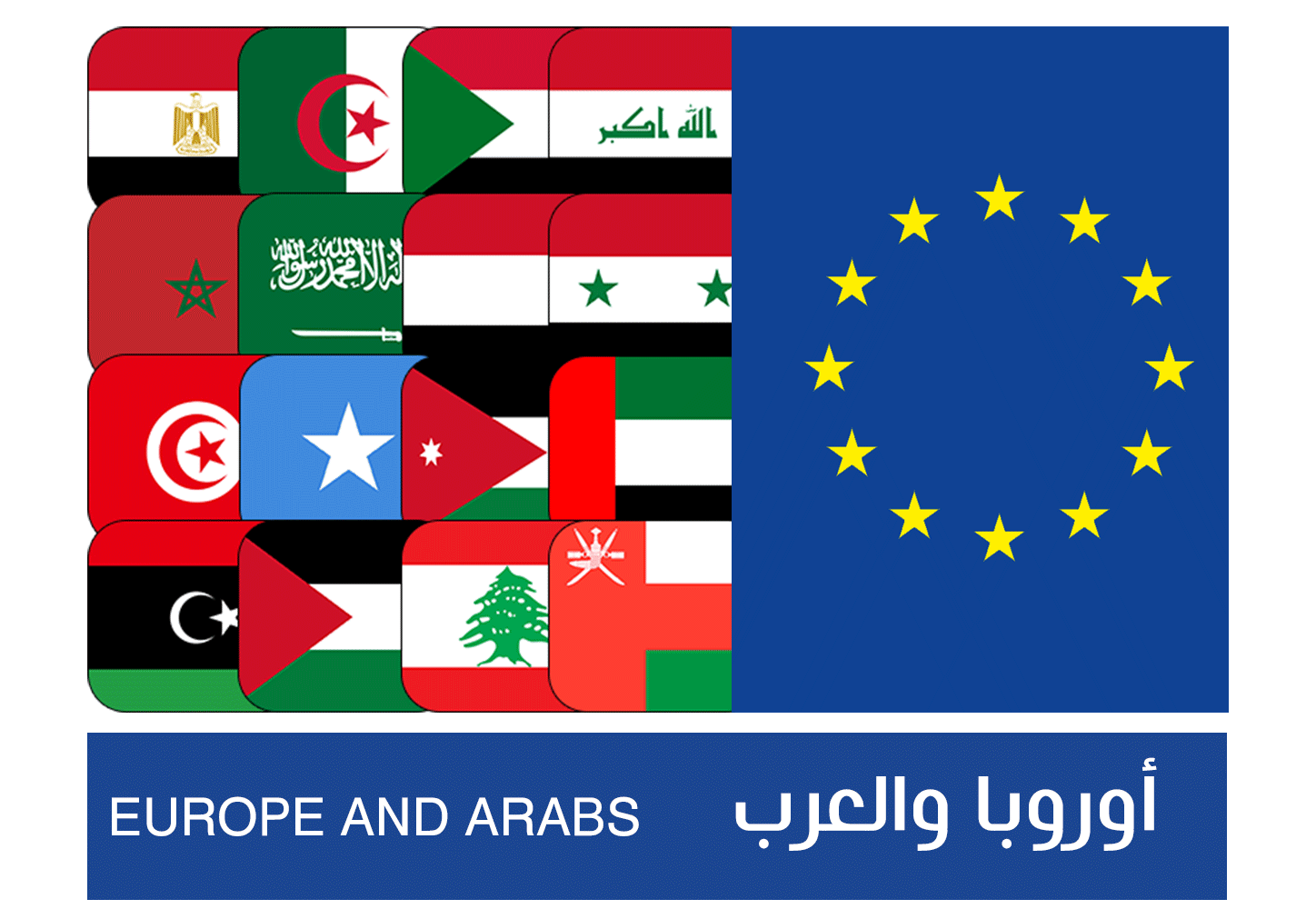

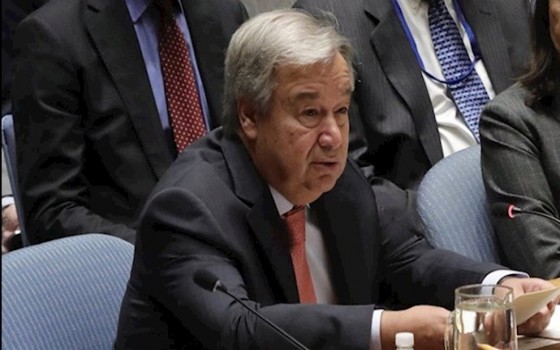


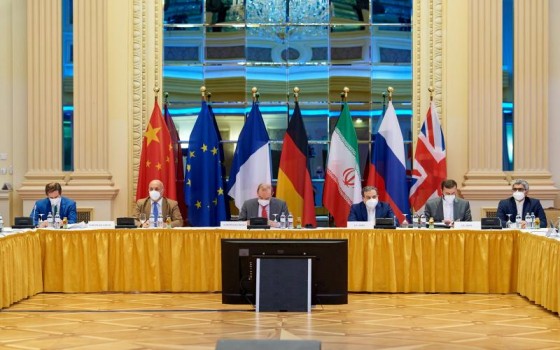
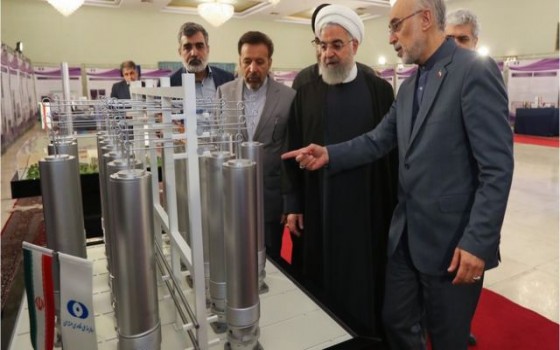



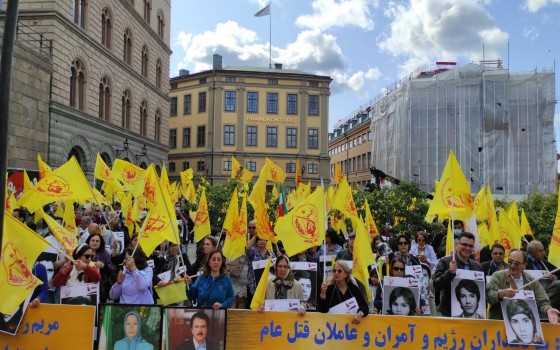

No Comments Found